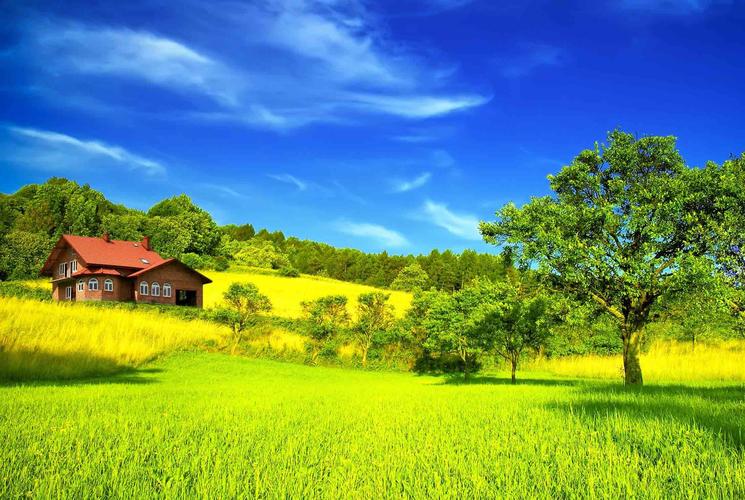Hawaii has a rich cultural heritage that spans centuries and is still very much alive today. The traditions and customs of the Native Hawaiian people are deeply rooted in the land and ocean that surround them, making for a cultural tapestry that is diverse, colorful, and unique. In this article, we will take a closer look at some of the most fascinating aspects of Hawaiian culture and explore how they contribute to the vibrant way of life that is found on the islands.
Traditional Hawaiian Lifestyle
Traditional Hawaiian lifestyle is deeply connected to the natural environment, and the ancient practices and customs that have been passed down through generations reflect this. One example is the concept of ‘ohana, which means family. For Hawaiians, the concept of ‘ohana extends beyond blood relatives and encompasses all members of a community or tribe. This idea of communal living is reflected in the design of traditional Hawaiian homes, known as hale. Hale are open-air structures that allow for a sense of community and connection with the natural environment.
Another important facet of traditional Hawaiian lifestyle is the practice of hula. Hula is a dance form that has been passed down through generations and is often accompanied by chanting or drumming. It is a way to connect the spiritual and physical aspects of life and is considered a sacred practice.
Language and Music
The Hawaiian language is also an integral part of the culture, with its unique sound and rhythm. While English is the primary language spoken on the islands today, efforts are being made to preserve and promote the Hawaiian language through immersion schools and other initiatives.
Music is another important aspect of Hawaiian culture, with traditional instruments such as the ukulele and slack-key guitar playing a central role. Hawaiian music has its roots in storytelling, with songs often recounting tales of love, nature, and the ocean.
Traditional Hawaiian Cuisine
Hawaiian cuisine is also a reflection of the culture’s deep connection to the land and ocean. Dishes such as poi (made from taro root), poke (raw fish salad), and laulau (pork wrapped in taro leaves) are staples of the Hawaiian diet. Traditional Hawaiian cuisine is also marked by the use of fresh, locally sourced ingredients and the practice of imu (underground oven cooking).
Conclusion
In conclusion, exploring the richness of Hawaiian cultural traditions reveals a way of life that is deeply connected to the environment and community. From traditional hale to the practice of hula, the Hawaiian culture is rich and beautiful. The Hawaiian language, music, and cuisine are also important aspects of this culture, reflecting its roots in storytelling and connection to the land and ocean. By learning about and celebrating these traditions, we can gain a deeper appreciation for the unique way of life found on the islands of Hawaii.
(Note: Do you have knowledge or insights to share? Unlock new opportunities and expand your reach by joining our authors team. Click Registration to join us and share your expertise with our readers.)
Speech tips:
Please note that any statements involving politics will not be approved.
